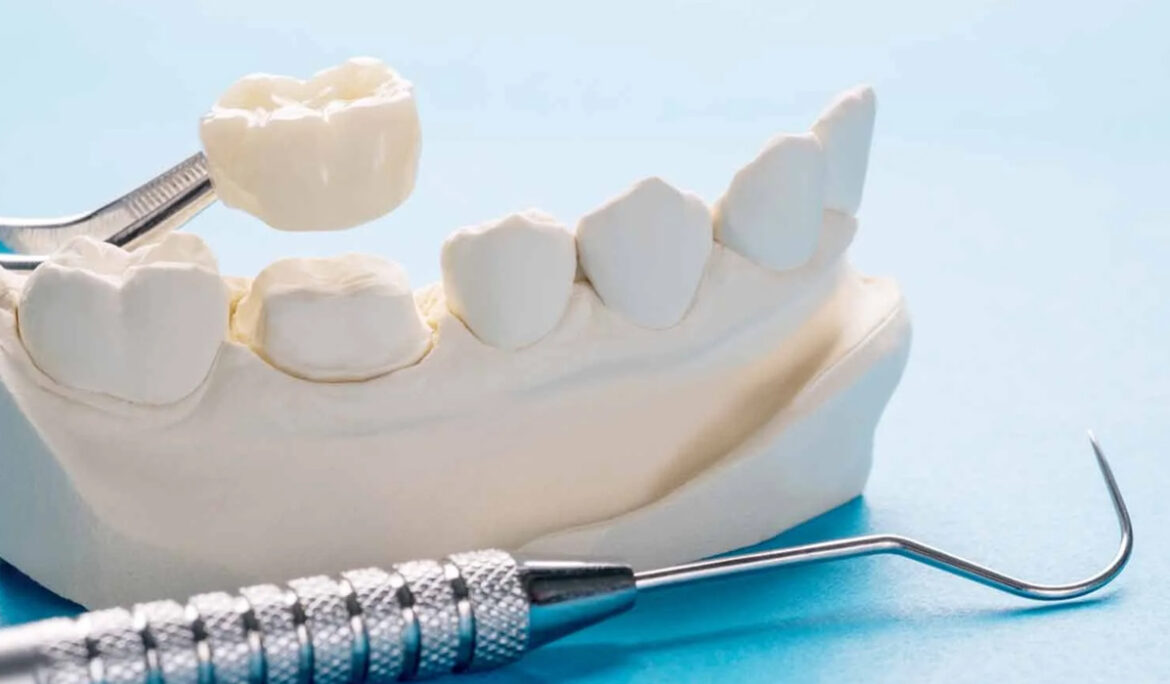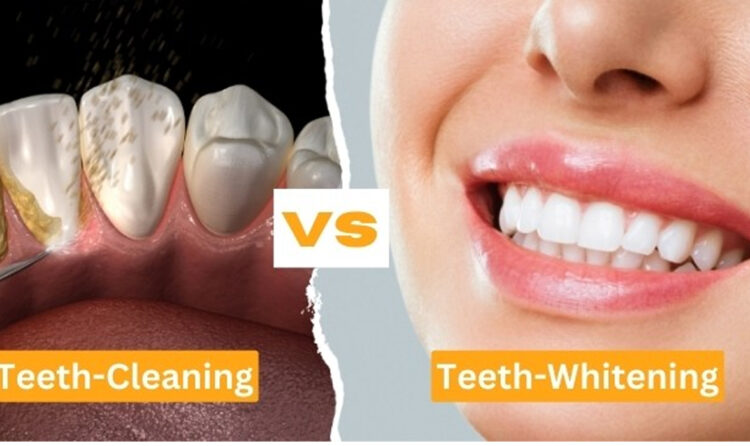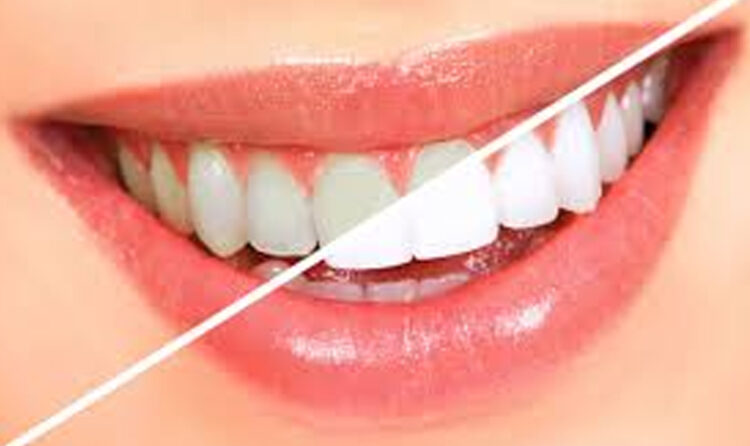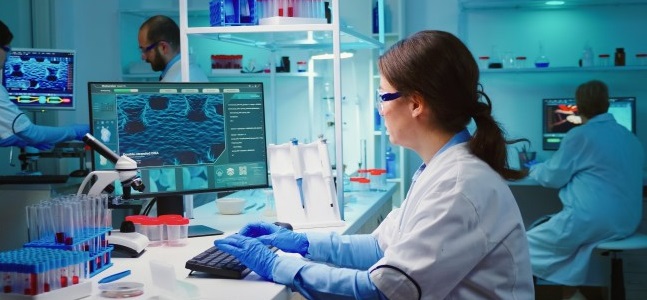Strengthen the tooth
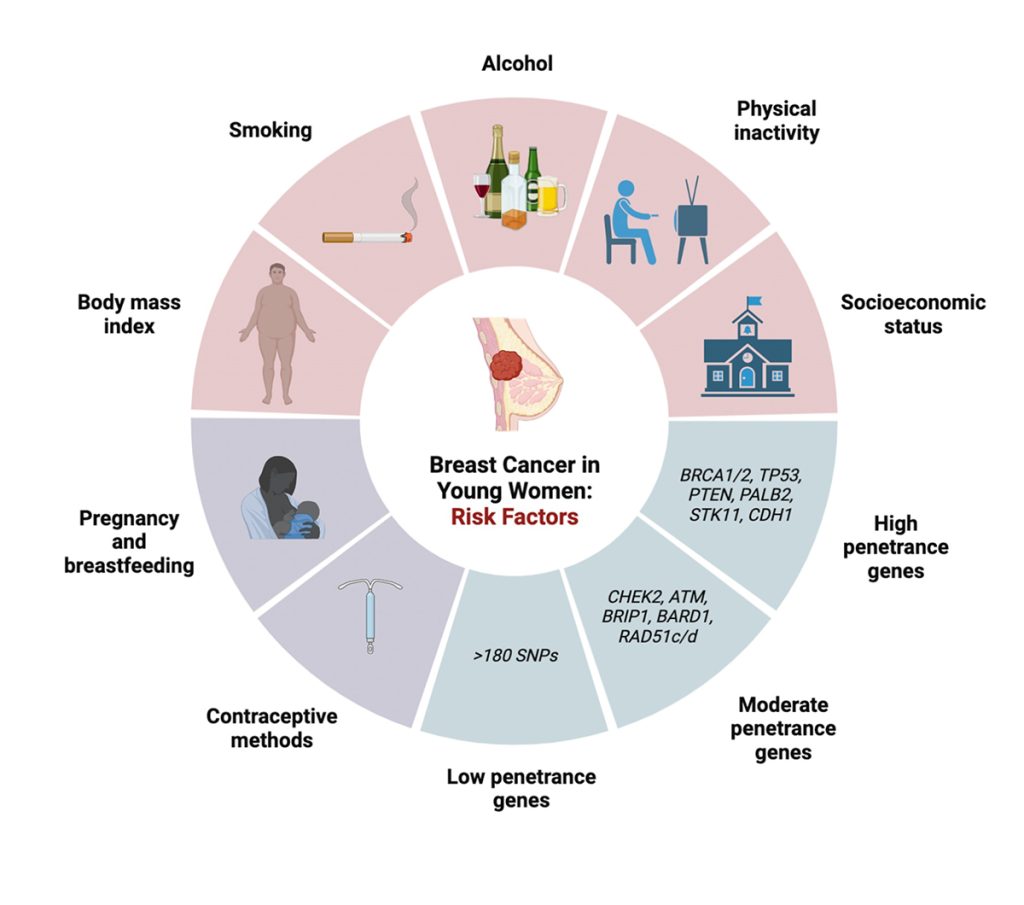
Causes of Breast Lump:
- Fibrocystic Changes:Common non-cancerous changes in breast tissue, especially during the menstrual cycle.
- Cysts:Fluid-filled sacs that can form in the breast
- Fibroadenomas: Non-cancerous tumors that consist of glandular and connective tissue.
- Infections or Inflammation: Infections or inflammatory conditions can cause lumps.
- Breast Cance: While less common, a lump may be a symptom of breast cancer.
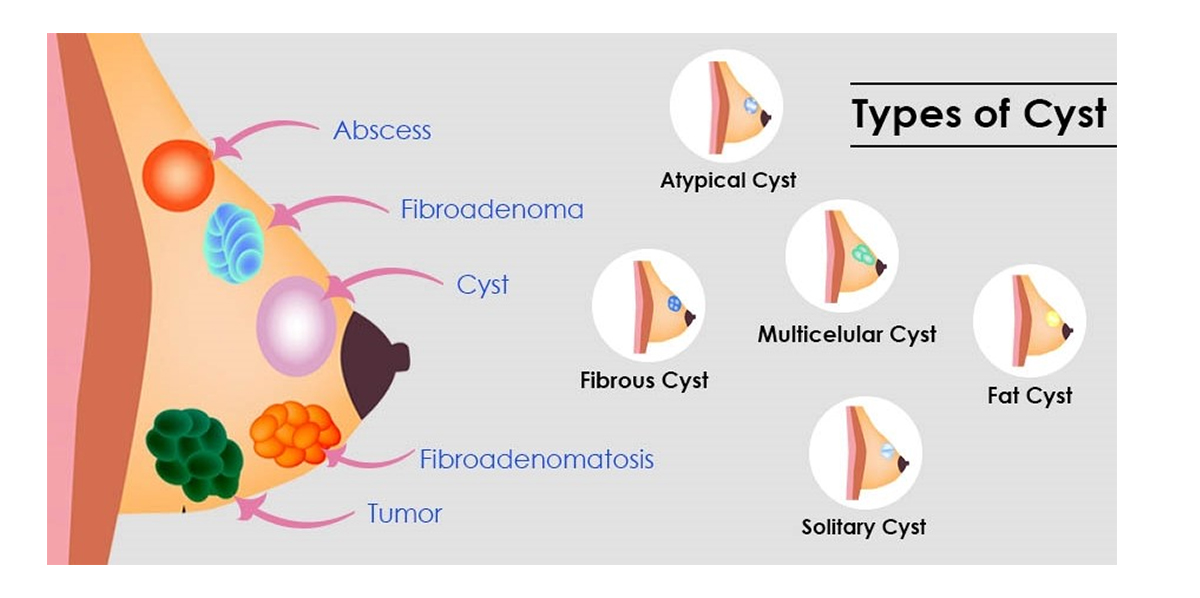
Symptoms
The most common symptom is the presence of a lump or mass felt in the breast tissue. This may be discovered through self-examination or by a healthcare provider during a clinical breast exam.
Changes in Breast Size or Shape:
A lump may cause changes in the size or shape of the breast.
Pain or Discomfort::
Some breast lumps may be associated with pain or tenderness.
Skin Changes:
Changes in the skin texture over the lump or the entire breast, such as redness, dimpling, or puckering
Nipple Changes:
Changes in the appearance of the nipple, such as inversion, scaling, or discharge.
Swelling:
Swelling or enlargement of the breast, particularly in one area.
Breast Sensitivity::
Increased sensitivity in the breast or nipple.
Diagnosis
Clinical Breast Exam (CBE): A physical examination by a healthcare professional to check for lumps or other abnormalities.
Imaging Tests:
Mammogram: X-ray of the breast tissue.
Ultrasound: Uses sound waves to create an image of the breast.
MRI: Magnetic resonance imaging for detailed images of the breast.
Biopsy: Removal of a small sample of tissue for examination under a microscope to determine if it is cancerous or non-cancerous
Management
Monitoring: Some lumps, such as those related to hormonal changes, may require monitoring without intervention.
Medication: For pain or inflammation associated with certain types of breast lumps.
Aspiration: Draining fluid from cysts using a fine needle.
Surgery: In cases where a lump is suspicious for cancer or causing significant symptoms.
Hormone Therapy: For certain hormone-related conditions.
Radiation or Chemotherapy: If a lump is cancerous, these treatments may be recommended.

- It’s important to consult with a doctor for proper evaluation, diagnosis, and management of colorectal diseases. It is advisable to consult Dr. Vikram Ramamurthy for an accurate diagnosis and the best treatment option tailored to you. Book an appointment by calling:
- +918660296440
- 918431751624,
- +919535958697.
- Regular screenings,Regular breast self-exams, clinical breast exams, and mammograms are essential for early detection and management especially for breast cancer, can help in early detection and better outcomes.

